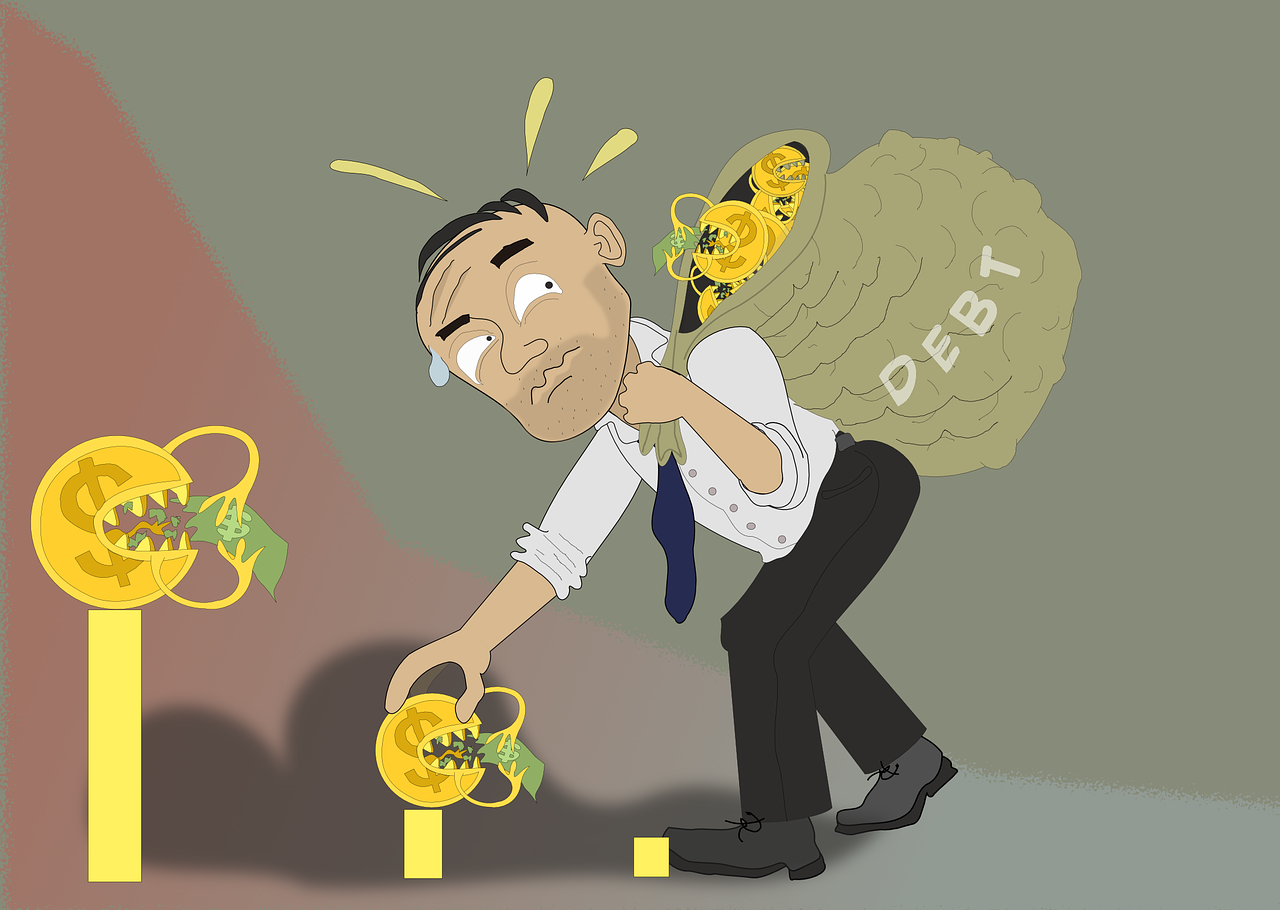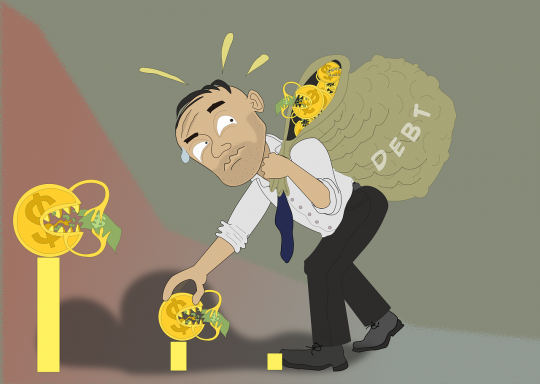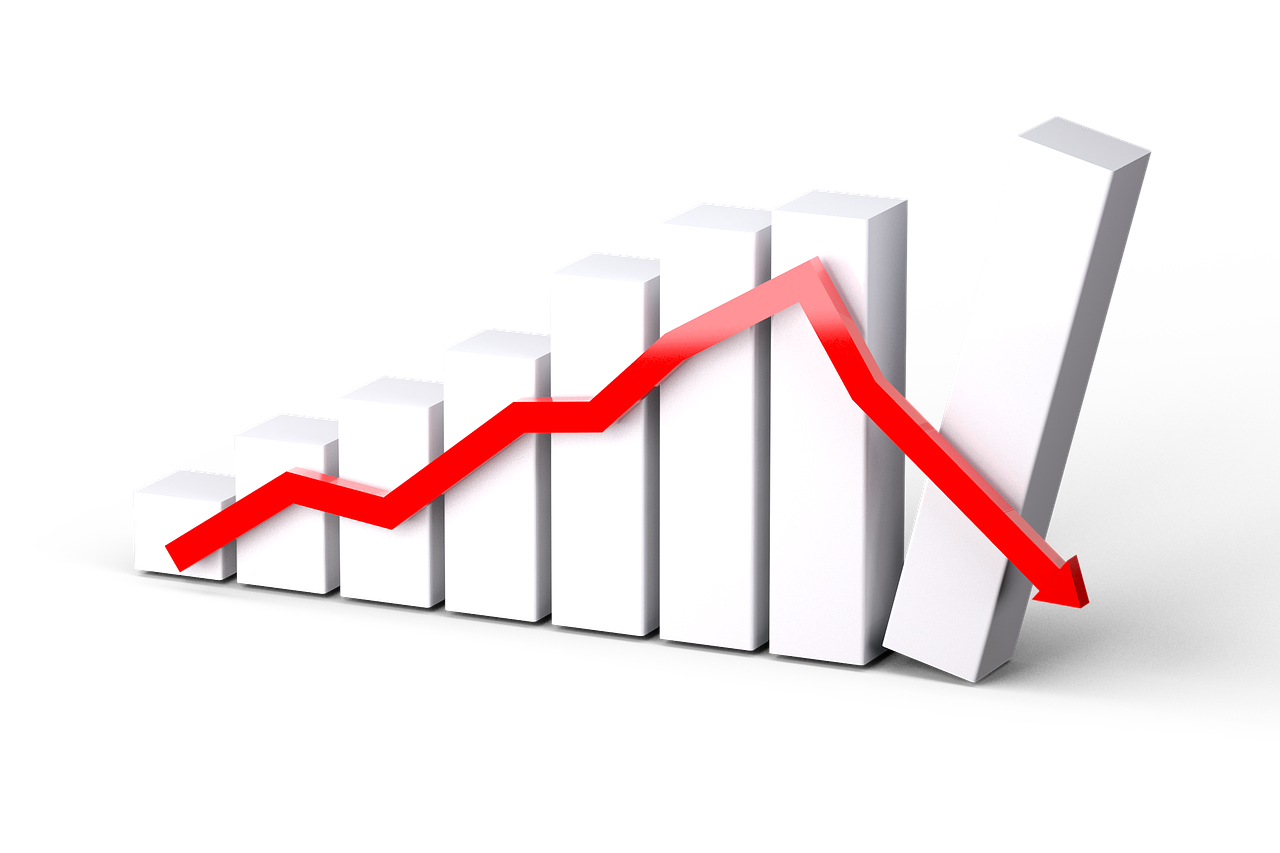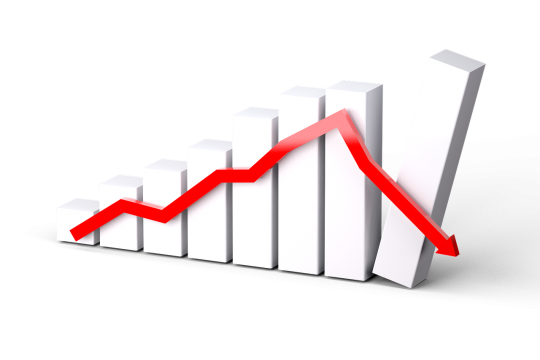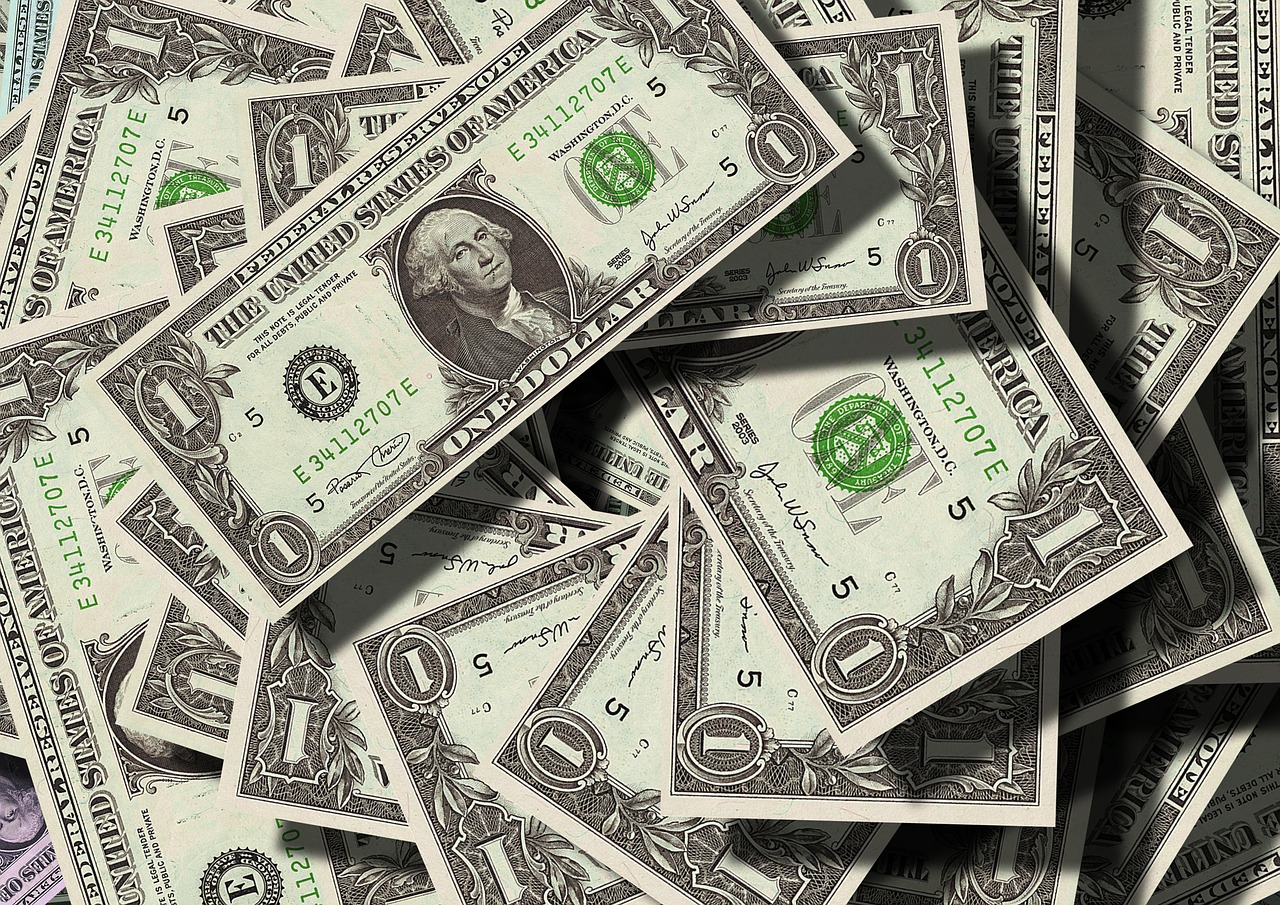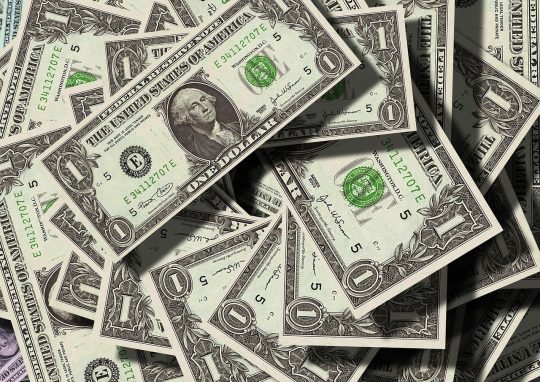 When compared to a similar point in time, Millennials are deeper in debt than any other generation that has come before them. And the biggest reason why they are in so much debt may surprise you. We’ll get to that in a minute, but first let’s talk about the giant mountain of debt that Millennials have accumulated. According to the New York Fed, the total amount of debt that Millennials are carrying has risen by a whopping 22 percent in just the last five years…
When compared to a similar point in time, Millennials are deeper in debt than any other generation that has come before them. And the biggest reason why they are in so much debt may surprise you. We’ll get to that in a minute, but first let’s talk about the giant mountain of debt that Millennials have accumulated. According to the New York Fed, the total amount of debt that Millennials are carrying has risen by a whopping 22 percent in just the last five years…
New findings from the New York Federal Reserve reveal that millennials have now racked up over US$1 trillion of debt.
This troubling amount of debt, an increase of over 22% in just five years, is more than any other generation in history. This situation may leave you wondering how millennials ended up in such a sorry state.
Many young adults are absolutely drowning in debt, but the composition of that debt is quite different when compared to previous generations at a similar point in time.
Mortgage debt and credit card debt levels are far lower for Millennials, but the level of student loan debt is far, far higher…
While the debt levels accumulated by millennials eclipse those of the previous generation, Generation X, at a similar point in time, the complexion of the debt is very different.
According to a 2018 report from the St. Louis Federal Reserve Bank, mortgage debt is about 15% lower for millennials and credit card debt among millennials was about two-thirds that of Gen X.
However, student loan debt was over 300% greater.
Over the last 10 years, the total amount of student loan debt in the United States has more than doubled.
It is an absolutely enormous financial problem, and there doesn’t seem to be an easy solution. Some politicians on the left are pledging to make college education “free” in the United States, but they never seem to explain who is going to pay for that.
But what everyone can agree on is that student loan debt levels are wildly out of control. The following statistics come from Forbes…
The latest student loan debt statistics for 2019 show how serious the student loan debt crisis has become for borrowers across all demographics and age groups. There are more than 44 million borrowers who collectively owe $1.5 trillion in student loan debt in the U.S. alone. Student loan debt is now the second highest consumer debt category – behind only mortgage debt – and higher than both credit cards and auto loans. Borrowers in the Class of 2017, on average, owe $28,650, according to the Institute for College Access and Success.
What makes all of this even more depressing is the fact that the quality of “higher education” in the U.S. has gone down the toilet in recent years. For much more on this, please see my recent article entitled “50 Actual College Course Titles That Prove That America’s Universities Are Training Our College Students To Be Socialists”.
Our colleges and universities are not adequately preparing our young people for their future careers, but they are burdening them with gigantic financial obligations that will haunt many of them for decades to come.
We have a deeply broken system, and we desperately need a complete and total overhaul of our system of higher education.
Due to the fact that so many of them are swamped by student loan debt, the homeownership rate for Millennials is much, much lower than the homeownership rate for the generations that immediately preceded them. The following comes from CNBC…
The homeownership rate for those under 35 was just 36.5 percent in the last quarter of 2018, compared with 61 percent for those aged 35 to 44, and 70 percent for those aged 45 to 54, according to the U.S. Census. The millennial homeownership rate actually dropped in the fourth quarter compared with the third quarter, but was unchanged year over year.
This is one of the big reasons why “Housing Bubble 2” is beginning to burst. There are not enough Millennials buying homes, and it looks like things could be even worse for Generation Z.
If you are a young adult, I would encourage you to limit your exposure to student loan debt as much as possible, because the debt that you accumulate while in school can have very serious long-term implications that you may not even be considering right now.
 About the author: Michael Snyder is a nationally-syndicated writer, media personality and political activist. He is the author of four books including Get Prepared Now, The Beginning Of The End and Living A Life That Really Matters. His articles are originally published on The Economic Collapse Blog, End Of The American Dream and The Most Important News. From there, his articles are republished on dozens of other prominent websites. If you would like to republish his articles, please feel free to do so. The more people that see this information the better, and we need to wake more people up while there is still time.
About the author: Michael Snyder is a nationally-syndicated writer, media personality and political activist. He is the author of four books including Get Prepared Now, The Beginning Of The End and Living A Life That Really Matters. His articles are originally published on The Economic Collapse Blog, End Of The American Dream and The Most Important News. From there, his articles are republished on dozens of other prominent websites. If you would like to republish his articles, please feel free to do so. The more people that see this information the better, and we need to wake more people up while there is still time.

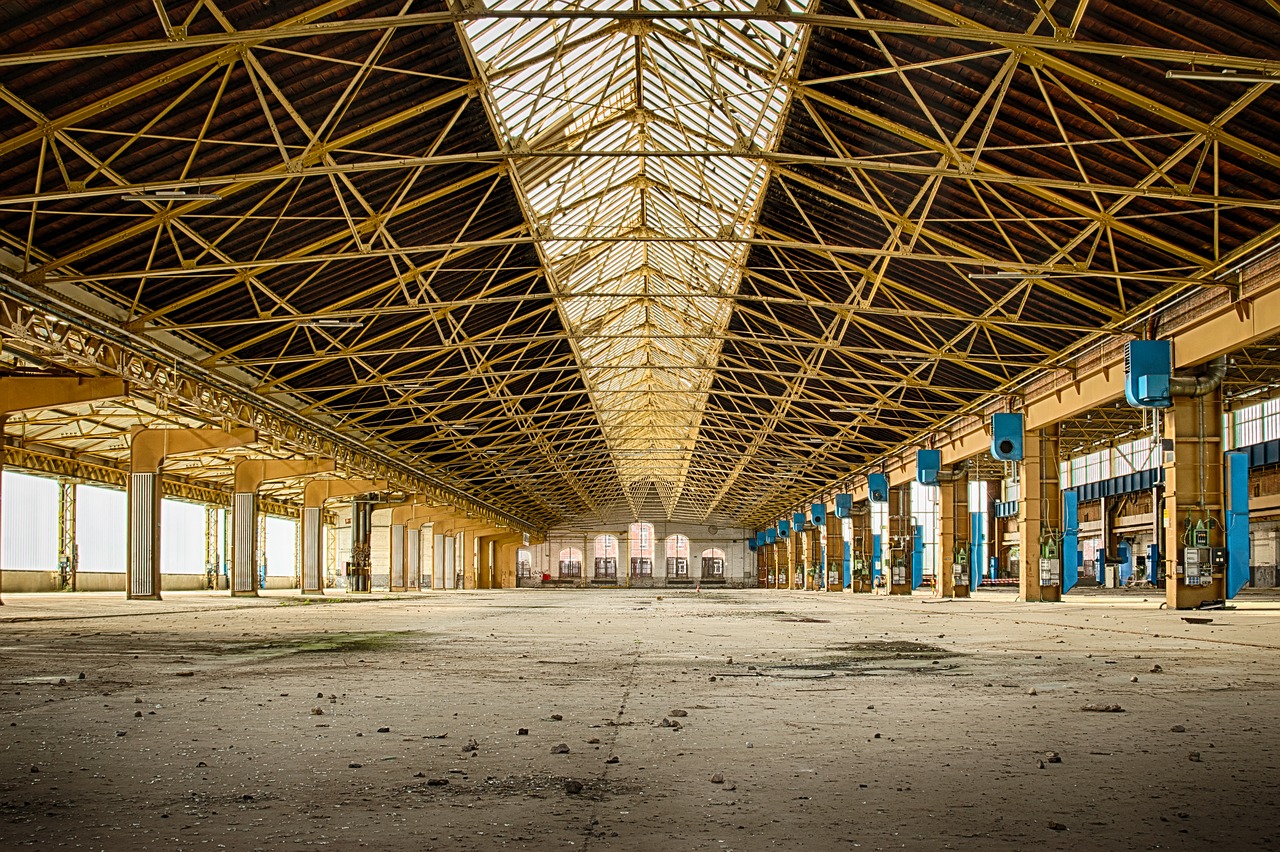
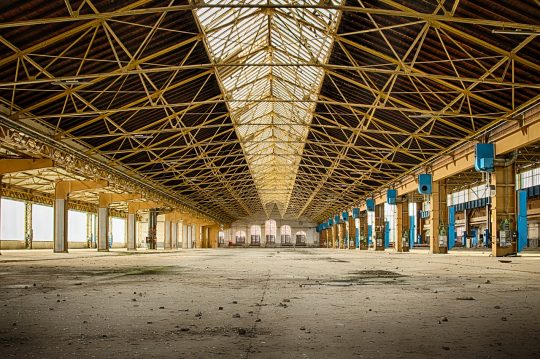 The long-term trends that are gutting the U.S. economy continue to get even worse. As you will see below, our goods trade deficit with the rest of the world hit a brand new record high in 2018, and most Americans simply do not understand why this is such a massive problem. Every year, we buy far more from the rest of the world than they buy from us, and that means that the amount of money going out of the country far surpasses the amount that is coming in. This constant outflow of cash is one of the reasons why we are unable to pay our bills, and so we have to keep begging the rest of the world to lend us our money back. Needless to say, this is one of the big factors that has fueled
The long-term trends that are gutting the U.S. economy continue to get even worse. As you will see below, our goods trade deficit with the rest of the world hit a brand new record high in 2018, and most Americans simply do not understand why this is such a massive problem. Every year, we buy far more from the rest of the world than they buy from us, and that means that the amount of money going out of the country far surpasses the amount that is coming in. This constant outflow of cash is one of the reasons why we are unable to pay our bills, and so we have to keep begging the rest of the world to lend us our money back. Needless to say, this is one of the big factors that has fueled 